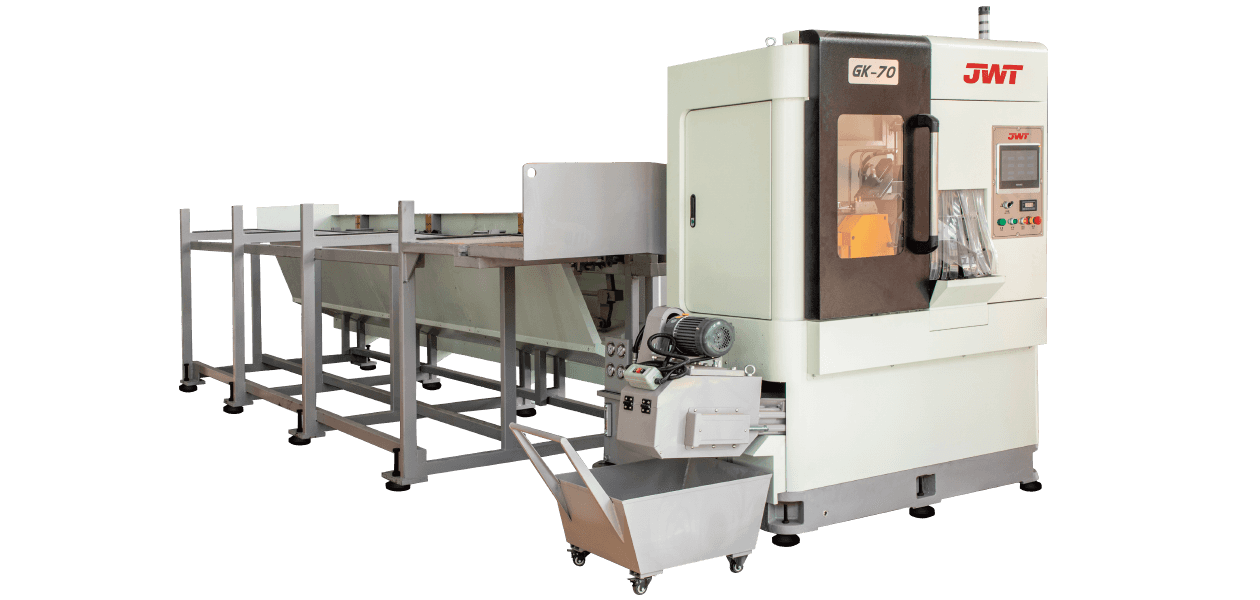Key Considerations When Choosing a Metal Saw Machine
1. Type of Material to Be Cut
One of the most important factors to consider is the type of metal you plan to cut. Different types of saw machines are better suited for certain metals. For example:
Aluminum and Copper: These materials are relatively soft and can be easily cut with a circular saw or a cold saw machine.
Steel and Stainless Steel: These tougher metals require machines that offer high cutting power, such as band saws or cold saws. A horizontal band saw would be ideal for larger pieces, while a vertical band saw may be better for intricate cuts.
Non-ferrous Metals: When working with metals like brass or bronze, cold saws or circular saws are commonly used to achieve precise cuts without damaging the material.
2. Cutting Capacity
The cutting capacity refers to the maximum size of the material that the saw can handle. This is an important consideration as it will determine how much material you can cut at once. The cutting capacity varies based on the design of the saw machine, and it’s essential to choose a machine that can handle the largest workpiece you anticipate needing to cut. For example, horizontal band saws typically have larger cutting capacities compared to vertical band saws, making them ideal for cutting larger and thicker metals.
3. Cutting Speed and Efficiency
Cutting speed is a crucial factor that directly impacts production efficiency. Some metal saw machines operate at higher speeds than others, which can help increase throughput. However, faster cutting speeds may generate more heat, which can affect the quality of the cut. It’s essential to balance cutting speed with material type to avoid issues like overheating or excessive wear on the blade. Machines with adjustable speed settings offer more flexibility, enabling operators to tailor the speed to the specific material they’re cutting.
4. Precision and Finish
When it comes to cutting metal, the precision of the cut is often just as important as the speed. Certain saws, such as cold saws and band saws, offer highly accurate cuts with minimal burrs, which is crucial for applications requiring tight tolerances and smooth finishes. If your work demands high precision, it is best to opt for a saw machine that offers fine adjustment settings and high cutting accuracy.

5. Maintenance and Durability
Durability is a critical aspect of any industrial machine, as downtime due to breakdowns or maintenance can significantly impact productivity. Metal saw machines are subject to wear and tear, especially the blades, motors, and cutting components. Therefore, when selecting a metal saw machine, consider the machine's longevity, ease of maintenance, and availability of replacement parts.
Machines with automatic lubrication systems and cooling features tend to require less manual maintenance. Additionally, opt for models that come with warranties or extended service contracts to ensure smooth operation over time.
6. Safety Features
Safety is paramount in any industrial environment, especially when operating machinery that involves high-speed cutting. Modern metal saw machines come with several safety features, such as:
Blade Guards: These protect the operator from accidental contact with the cutting blade.
Emergency Stop Buttons: Allow the operator to stop the machine immediately in case of an emergency.
Cooling Systems: Help reduce friction and heat buildup, preventing overheating and accidents during the cutting process.
Ensuring that your metal saw machine is equipped with these safety features can minimize the risk of accidents and create a safer work environment for your team.



 中文简体
中文简体 русский
русский







